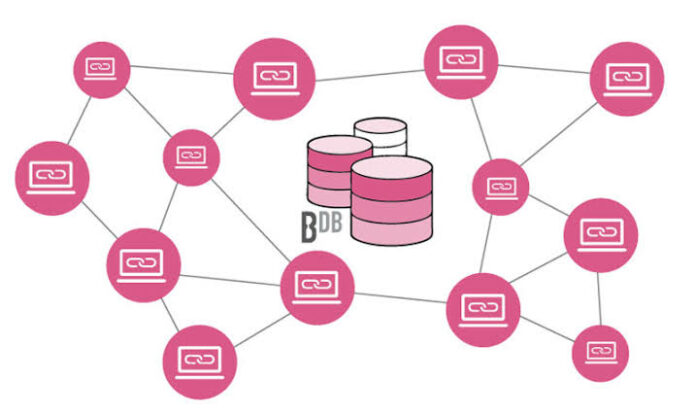In the previous article we mentioned concerning schema. During this section we’ll discuss concerning NORMALIZATION AND NORMAL FORMS IN DBMS. NORMALIZATION is that the method of minimizing redundancy from a relation or set of relations. Redundancy in relation might cause insertion, deletion and change anomalies. thus standardization helps us to attenuate the redundancy in relation.
TYPES OF NORMALIZATION OR NORMAL FORMS IN DBMS:
- firstly normal form
- secondly normal form
- third normal form
- BCNF
- fourth normal form
- fifth normal form
FIRST NORMAL FORM:
A relation is in 1NF if every attribute in relation is single value. If a relation contains composite or multi worth attributes ,it opposes 1NF. Or in other words we will say that a relation is in 1NF if it does not contain any multi valued attribute. It’s in 1NF if each attribute in this relation is single valued.
SECOND NORMAL FORM:
It makes use of purposeful dependency and tries to get rid of the matter of redundant information that was introduced by 1NF .A relation is in 2NF if it is in 1NF and each non key attribute is absolutely purposeful hooked in to primary key of the relation.
A relation is in 2NF if:
- it should be in 1NF
- there should not be any partial function dependency.
THIRD NORMAL FORM:
Though 2NF relations have less redundancy than those in 1NF , they’ll still suffer from update anomalies. If we tend to update only 1 tuple and not the opposite , the info would be inconsistent . This update anomalies is turn out by transitive dependency and to get rid of it , we tend to progress the table into 3NF
BOYCE CODD NORMAL FORM BCNF:
A relation is in BCNF if relation is in 3NF and therefore the left dependency is super key or candidate key. it’s slightly stronger version of third traditional kind. BCNF was developed in 1974 by Raymond F. Boyce and King of England F. Codd . To handle the sure sort of anomalies handled by 3NF as originally outlined.





